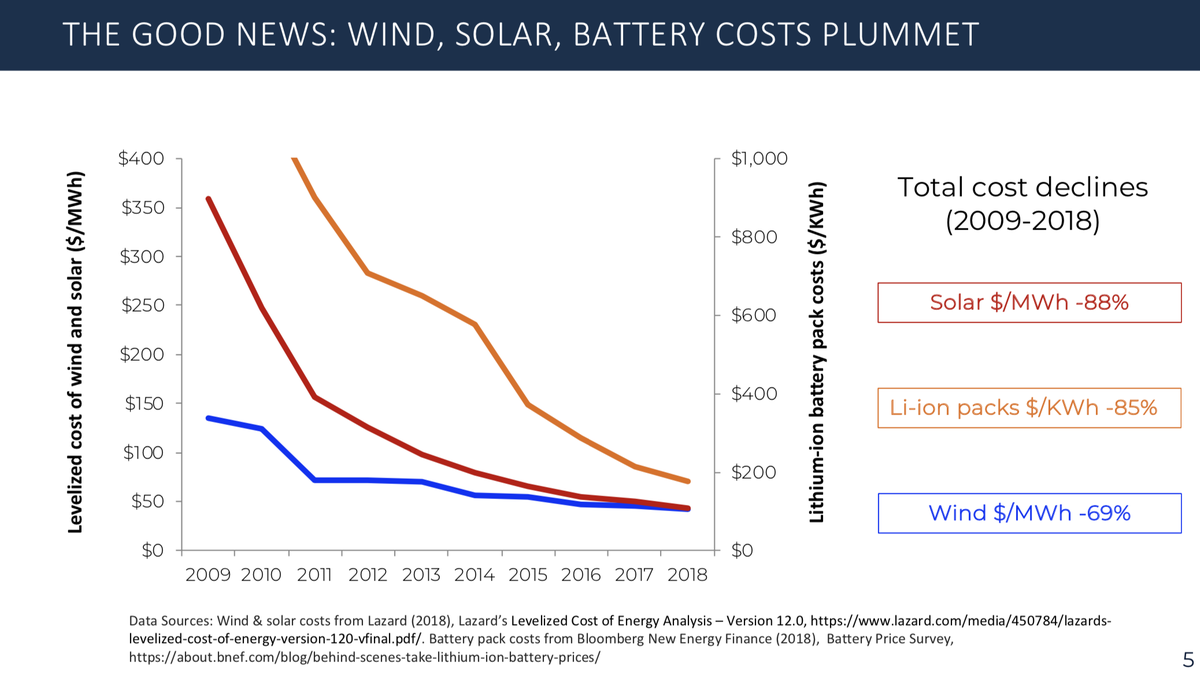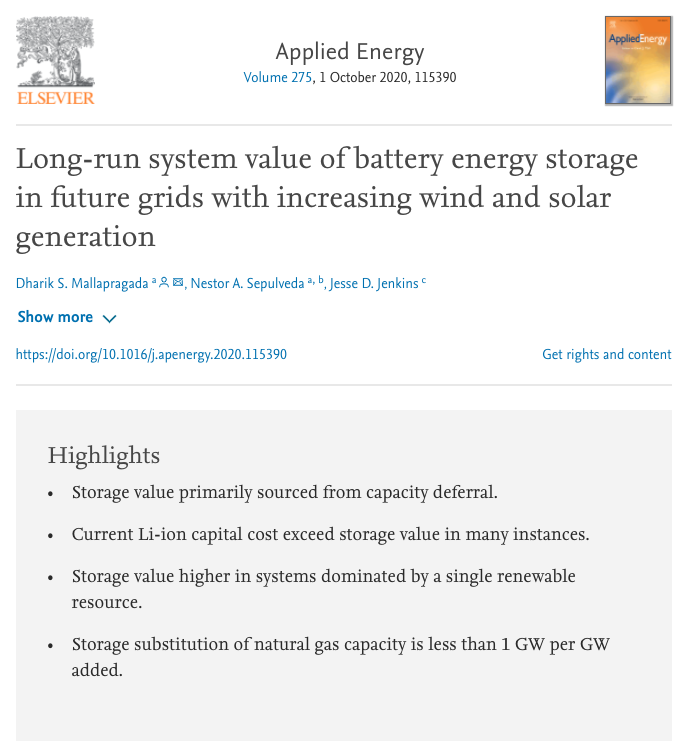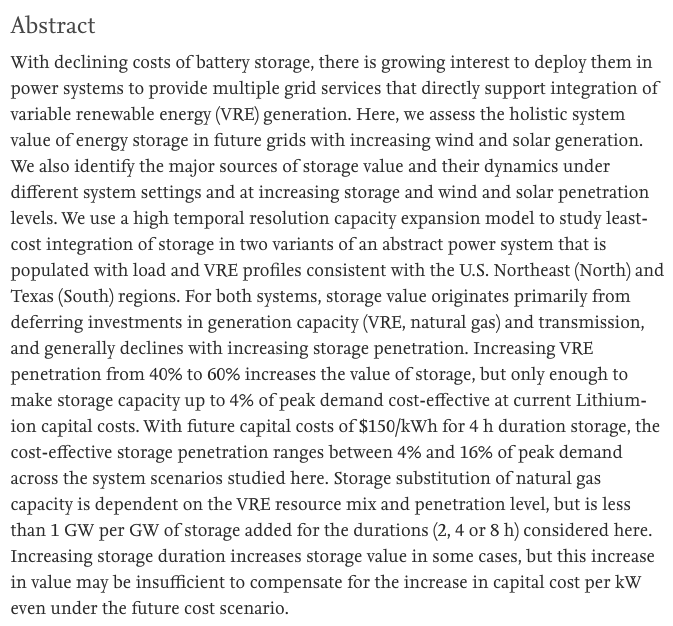
Here's 39 things President-Elect Biden could do to take #ClimateAction, featuring a round-up of voices from across the climate policy landscape: bloomberg.com/features/2020-…
My entry w/@CostaSamaras: appoint climate-focused Budget Director and White House Chief of Staff. Why? 🧵⤵️
My entry w/@CostaSamaras: appoint climate-focused Budget Director and White House Chief of Staff. Why? 🧵⤵️
President-elect Biden’s chief of staff and OMB director must align all federal agencies, spending, and legislative strategy around four big goals: ending the pandemic, rebuilding the economy, dismantling systemic racism, and confronting climate change. 1/
Cabinet secretaries get a higher profile, but no other positions beyond the President him or herself has a broader reach across the federal government than the Director of the Office of Management and Budget (OMB) and White House Chief of Staff. 2/
The OMB director sets the budget and policy guidance that aligns all federal programs and regulations. The chief of staff directs the West Wing and is also the lead negotiator for the president’s legislative agenda. 3/
Both roles are key: much can be done with executive authority (see 39 ideas here for many possibilities bloomberg.com/features/2020-…), but Congress controls the power of the purse, and a large pandemic relief and economic recovery bill that centers on clean energy is much-needed. 4/
The wide reach of these two key figures is crucial because #ClimateChange affects everything. There’s no single agency that can build a climate-resilient national infrastructure, deploy clean energy, ensure a just transition to clean energy, and manage climate disasters. 5/
With so much work to do & so much time wasted, the Biden Admin. has to be nimble, creative, and relentless at deploying all the tools at their disposal. Every regulation, executive action, dollar spent, and legislative proposal should be crafted with several questions in mind: 6/
1. How can we rebuild our economy with clean and energy-efficient technologies?
2. How can we future-proof our critical infrastructure for a changing climate? 7/
2. How can we future-proof our critical infrastructure for a changing climate? 7/
3. How can America manufacture and export climate tech?
4. How can we reduce the public health impacts of fossil energy, which disproportionately hit vulnerable communities? 8/
4. How can we reduce the public health impacts of fossil energy, which disproportionately hit vulnerable communities? 8/
A climate-focused Director of Office of Management and Budget and Chief of Staff can ensure these key questions will be prioritized in every corner of the Executive Branch.
I can't wait for them to get to work.
9/end
I can't wait for them to get to work.
9/end
• • •
Missing some Tweet in this thread? You can try to
force a refresh





